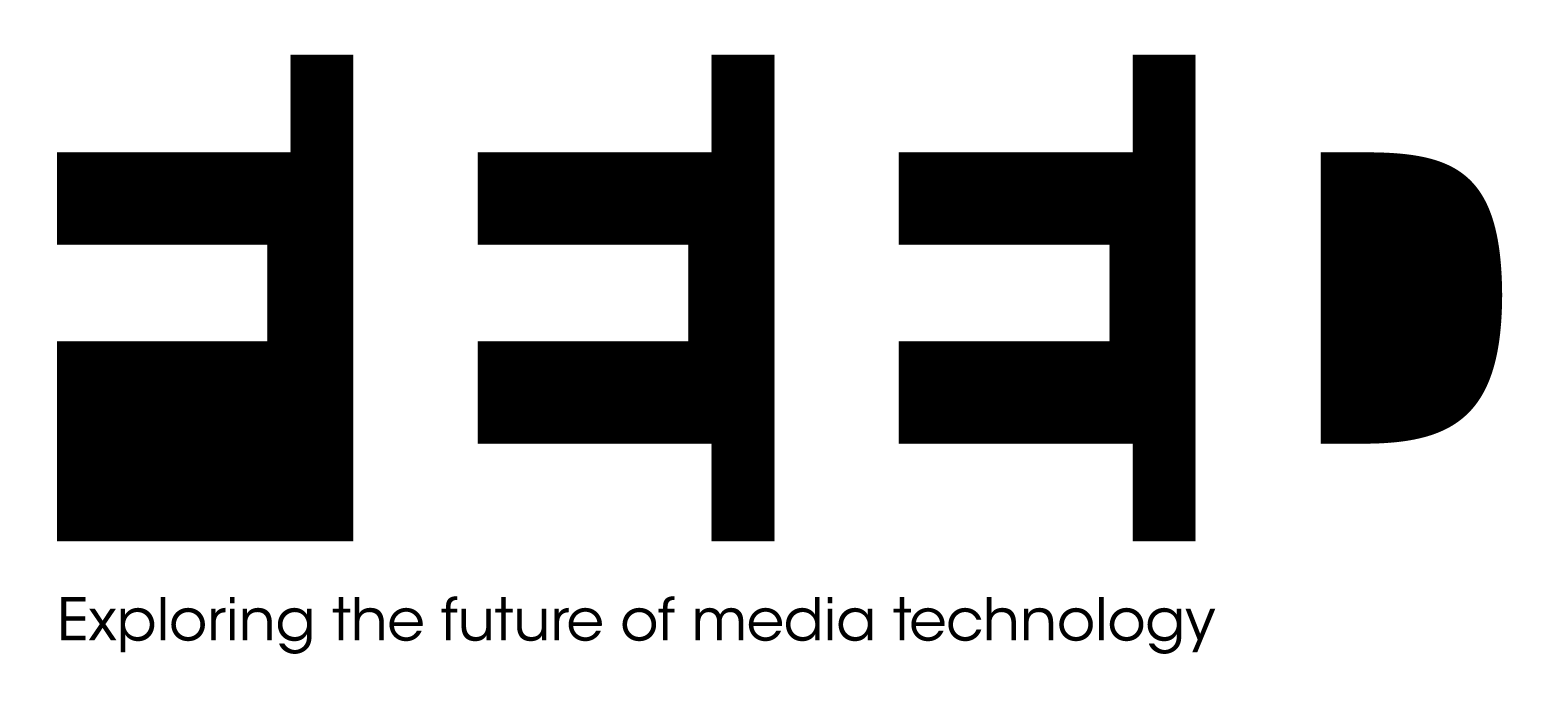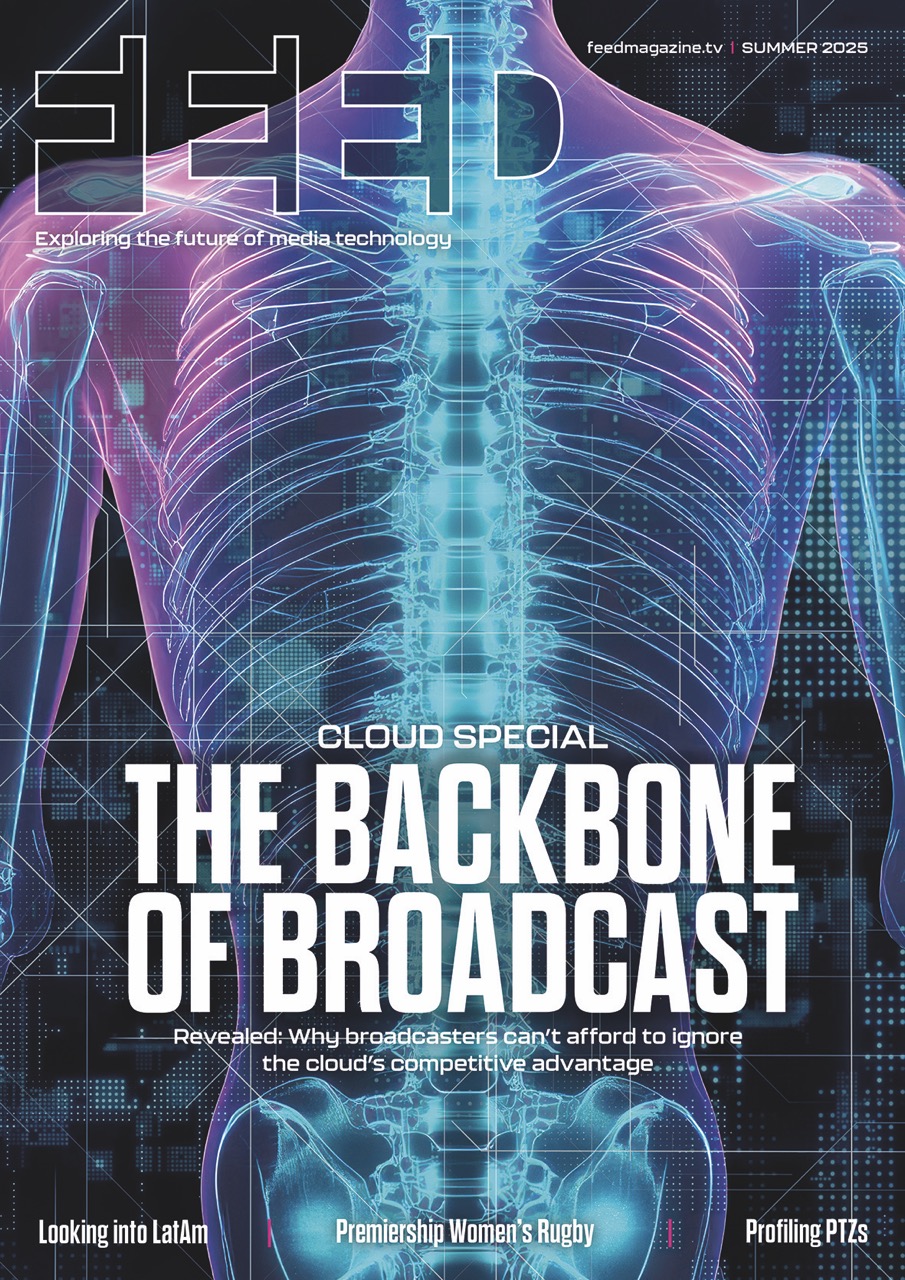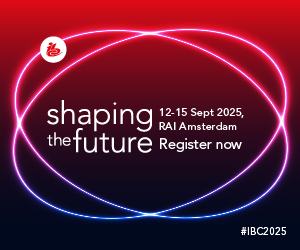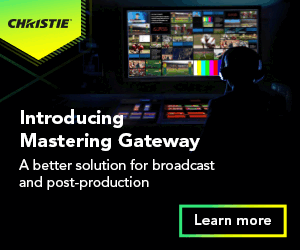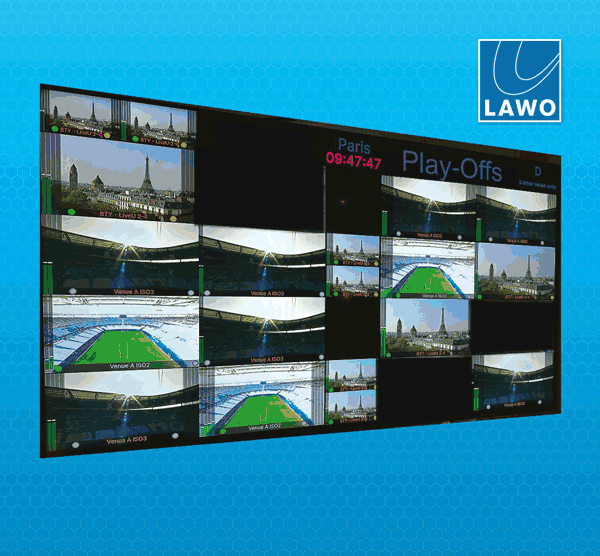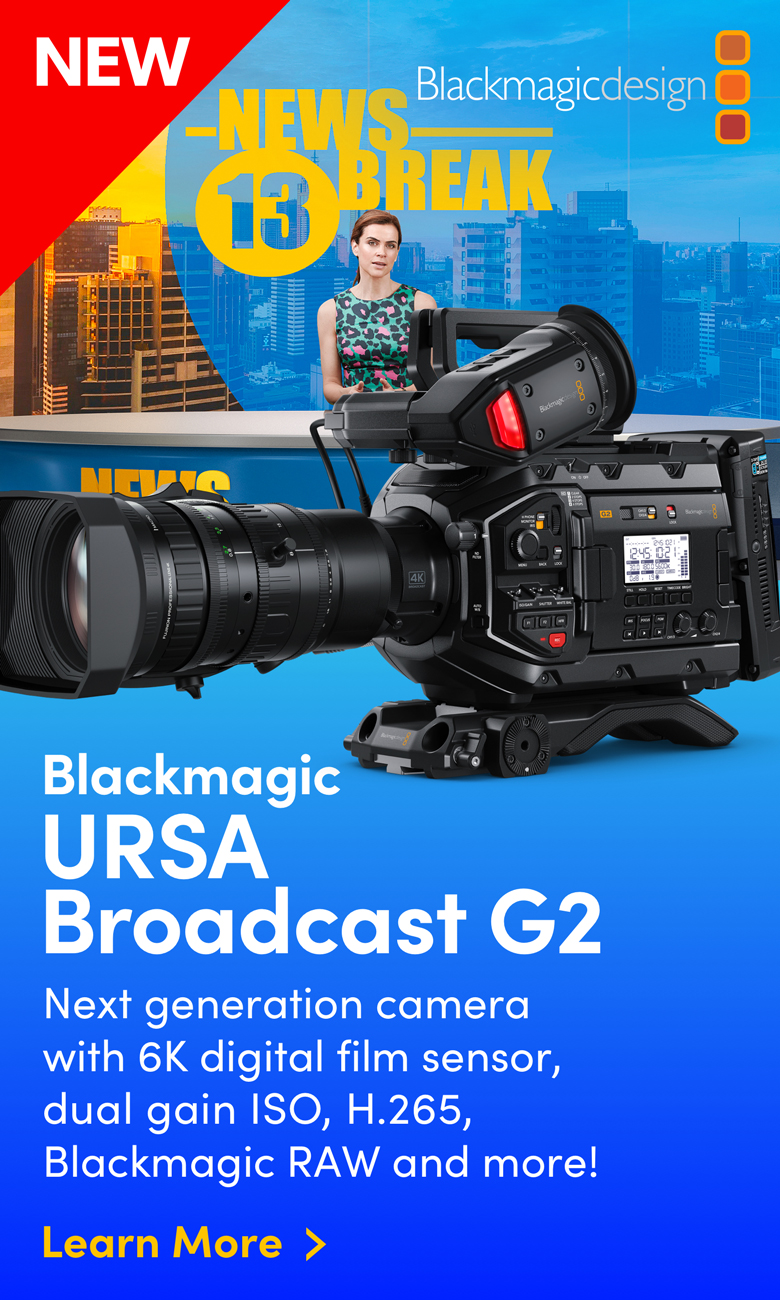Masterclass: XR explained

Posted on May 9, 2025 by FEED Staff
From glossy virtual studios to interactive AR football pitches, broadcasters are able to communicate stories more creatively than ever before. This issue΄s round table uncovers extended reality΄s colossal impact on the broadcast tech landscape
The Panel
- Rene Amador, Co-founder & CEO, ARwall
- Grigory Mindlin, GM of broadcast, Disguise
- Miguel Churruca, Marketing and communications director, Brainstorm
- Luis Garrido, Executive director, Alfalite
How is XR transforming storytelling and audience engagement in broadcast and media?
Rene Amador: There are three promises provided by extended reality virtual production in media production that we’re trying to keep: reducing time in pre-production and per camera set-up, increasing creative control and lowering operational costs.
This year, technology has caught up to the point where we’re successfully delivering on all three of these aspects, and the method was by having the virtual production teams have significantly more control during the concept creation process. Development has become so overwhelmingly cost-orientated that optimising for the tech is now altering what content is made.
My team have been leaning into this by partnering with producers on their projects, hiring development experts and launching a production shingle, Glowcraft. I think we’ll begin to see many successful productions coming out of teams whose operational mandate is to create content that fits the tech, and tech that fits the content.
Grigory Mindlin: XR is revolutionising storytelling with interactive experiences that engage audiences like never before. Instead of passive viewership, it enables deeper emotional connections through virtual environments, augmented reality overlays and real-time data visualisation. Sports broadcasts now integrate 3D recreations of key plays, while news channels such as TF1 use XR to enhance reporting with virtual event reconstructions. These innovations make content more dynamic, informative and engaging, shifting audience expectations toward more personalised, immersive media experiences. The true power of XR lies not just in the spectacle, but in its ability to bridge the gap between the viewer and the narrative. Fully engaging viewers by creating more immersive broadcasts requires a robust, adaptable infrastructure to ensure these experiences are seamless and scalable.
Miguel Churruca: Understanding it as displaying 3D in LED volumes and virtual production in general – including AR and XR – allows content creators to enhance storytelling, therefore improving audience engagement by using innovative ways to display information. This can be done by allowing presenters to immerse themselves and be placed in context with the information they are explaining, and by showing complex data in a more attractive way, making them easier to understand for the audience.
Placing the presenter inside the story makes it more believable and interactive, both for the presenter and the audience. We must also bear in mind that, for applications like elections, sports or entertainment, data-driven graphics are essential to display large amounts of data – often coming from external sources in a visually attractive manner.
Luis Garrido: XR is redefining storytelling by allowing broadcasters and content creators to craft immersive narratives that were previously impossible to achieve with traditional production techniques. By integrating virtual sets, augmented reality elements, and real-time rendering on LED walls, XR provides a seamless blend of digital and physical environments, enabling more engaging and dynamic content. Productions no longer need to be confined to a single location; entire worlds can be created and manipulated in real time, offering greater flexibility and creative possibilities.
From an audience engagement perspective, XR enhances realism, creating visually compelling scenes that make viewers feel part of the action. This is particularly impactful in live broadcasts, where virtual sets and augmented graphics provide richer visual storytelling. It also improves interaction by allowing for real-time audience participation in hybrid events, news segments or live shows. As a result, XR is not only changing the way stories are told but also transforming how they are experienced – making content more engaging and adaptive to the evolving expectations of audiences.
What are some of the main challenges faced by broadcasters when integrating XR into production workflows?
Luis Garrido: Despite its advantages, integrating XR into broadcast production comes with several challenges. One of the main hurdles is the technical complexity of merging real and virtual elements seamlessly. Ensuring perfect synchronisation between camera tracking, LED panels and real-time rendering software is essential but requires significant expertise and precise calibration. Any delay or misalignment can break the illusion and disrupt the immersive experience.
There is also the issue of talent acquisition. XR requires specialised skills in real-time 3D rendering, virtual cinematography and system integration. Broadcasters face a steep learning curve when adopting these new technologies, making training and upskilling a key element of a successful XR implementation.
Grigory Mindlin: Key challenges include real-time rendering and latency, as XR requires high-quality visuals without delays. Interoperability is another issue – many broadcasters rely on legacy-interlaced systems that don’t easily integrate with XR. Additionally, training and talent adaptation are essential as XR requires new skill sets, including proficiency in Unreal Engine and expertise in virtual cinematography.
Lastly, cost and scalability remain concerns as the high initial investment can be a barrier, especially for smaller media companies. Beyond the technical hurdles, a significant challenge is the fundamental shift in content creation. We’re moving from linear, pre-produced workflows to dynamic, data-driven pipelines. This requires a cultural shift within broadcast organisations, fostering collaboration between creative and technical teams. Ultimately, the successful integration of XR hinges on our ability to not just adopt new technology, but to fundamentally rethink how we create and deliver content.
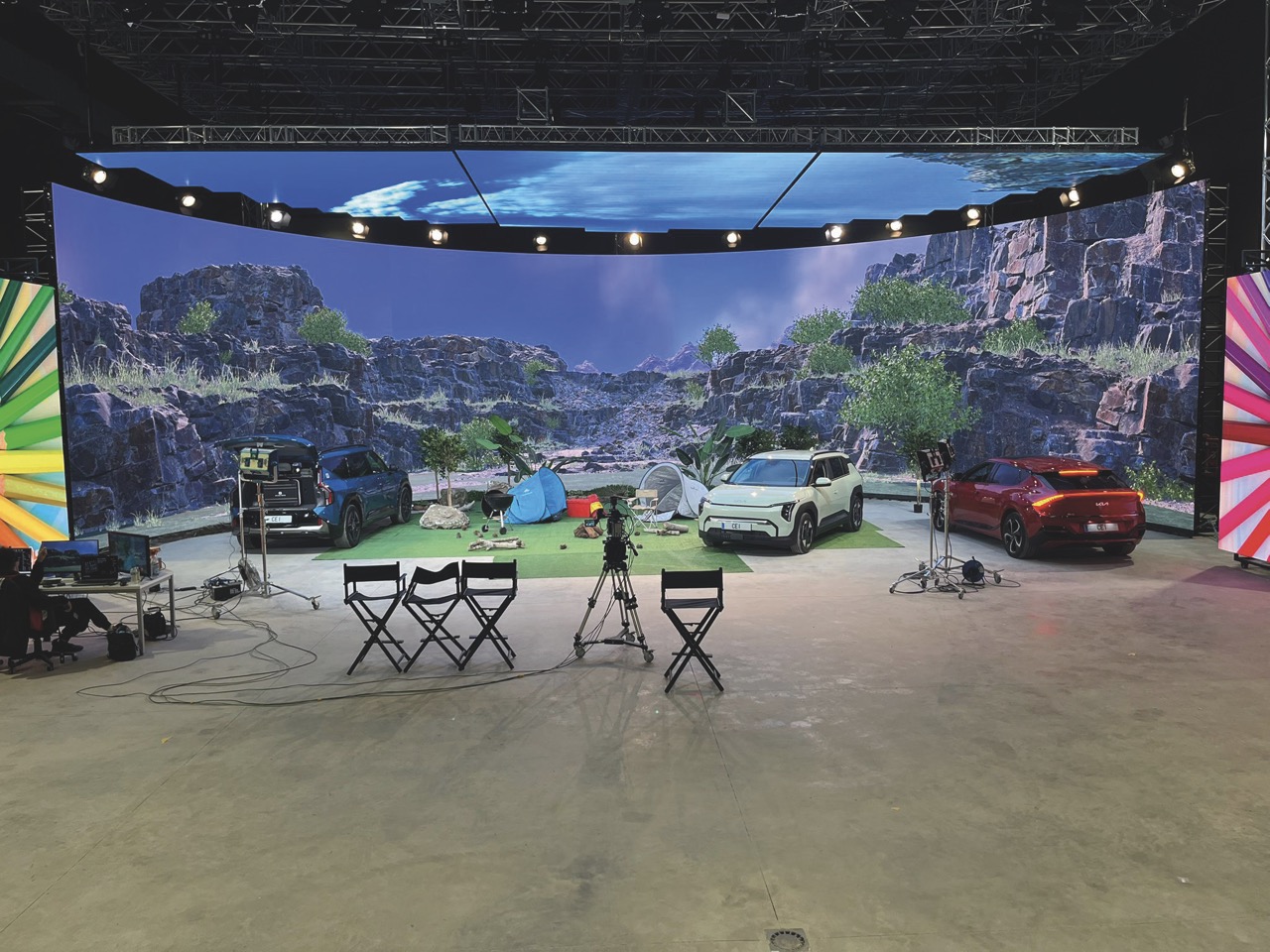
How can media companies balance innovation in XR with cost and scalability in adoption?
Miguel Churruca: This presents another challenge for adopting XR technology, as broadcasters will most likely need dedicated graphics and technical teams to create the scenery, integrate the graphics and set up the workflows correctly. In some cases, this may not be possible and could instead require external collaborations.
XR needs 3D experts, able to create hyper-realistic scenes and a technical team that can ensure the correct integration of all the technologies involved to produce a compelling result. Therefore, the time it takes may not be compatible with daily requirements, so XR shows may end up being a one-off or periodical event, not a recurrent tool for a daily show or newscast. As a result, broadcasters now ask for easier and more cost-effective tools that can be used for XR, chroma sets, graphics and other television requirements; put simply, flexible tools that allow designers to prioritise creativity over pure operation.
Luis Garrido: Balancing innovation with cost is a major consideration for media companies looking to integrate XR technology. One effective approach is adopting modular solutions that allow for gradual implementation rather than full-scale overhauls. Starting with a hybrid model – incorporating XR for specific segments while maintaining traditional production for others – can help mitigate financial risks.
Another strategy is leveraging partnerships with technology providers and industry experts. Many XR hardware and software solutions now offer scalable models, including rental options or cloud-based virtual production tools that reduce upfront costs. Media organisations can also explore multi-use applications of XR sets, utilising them for a wide range of content like news, entertainment and advertising, thereby maximising return on investment.
Investing in energy-efficient LED displays and optimised processing systems can also help reduce long-term operational costs. Additionally, as the technology matures, costs are expected to decrease, making XR a more accessible option over time. Companies that plan strategically and adopt a phased approach will be better positioned to integrate XR without straining resources.
Rene Amador: Now, roughly nine years into the XR virtual production industry that we helped pioneer, ARwall’s partners are witnessing a massive spectrum of variation in market costs, while quality has converged toward industry standards. That has resulted in a massive inequality of business outcomes mirroring many of the traditional narratives in the VFX world, where successful teams go financially insolvent while receiving awards for their stellar work.
A rough estimate suggests that 75% of XR stages around the world have failed to adapt to the pressures of content production. What sunk them? In my opinion, the main reason was under-researched and over-capitalised operational requirements that either hamstrung them to massive technical labour costs just to perform a client demo, or required them to run disinformation campaigns to their teams about the technical capabilities of XR virtual production in an attempt to justify their over-investment.
The solution in 2025 is a professionalisation of the virtual production expertise layer. These folks are a combination of a technical and creative monster. They’re the primary driver of value for media companies and should be brought in-house or engaged as consultants early to guide a campaign objective through the possible.
Typically, these folks have been stuck serving narrow objectives as an appendage of hardware providers or XR stage sales teams. Their expertise should be unleashed as it’s the only effective way to keep costs low, with an eye on scalability. Every business is different, and there’s no one fit that will work for every media company. More than ever, planning is the secret sauce.
Can you offer an example of XR in broadcast or streaming that stood out to you – and why?
Miguel Churruca: I can think of several pieces from large broadcasters: the Olympics coverage of RTVE for instance, or some of the fantastic 2024 elections coverage in different countries, which combined virtual content, real-time data-driven AR graphics and more.
However, it is important to point out how smaller broadcasters in many places – some unfamiliar to us – can achieve great results using virtual content and real-time graphics. An example of this is Central Television, the public television of Mongolia – not a typical broadcaster we see mentioned – that created a compelling virtual show for its coverage of the Paris Olympics.
The production company Fury crafted a visually stunning and immersive environment using Unreal Engine 5 and powered by Brainstorm’s Infinityset. It recreated iconic Parisian streets and locations, integrating these hyper-realistic background scenes with camera movements. Also, all data-driven sports graphics, including charts and rankings, were displayed in context with the scenes where the presenters were placed.
Grigory Mindlin: ESPN’s use of XR in NFL coverage and Sports Center is a standout example. Its mixed reality studio integrates real-time 3D recreations of players and AR-enhanced analysis, making sports storytelling more engaging. It’s a perfect blend of technology and content, enhancing the viewer experience without feeling like a gimmick. This application of XR proves its potential to elevate storytelling while providing real-time data in a visually compelling way. The seamless integration of XR into ESPN’s broadcast format enhanced the core narrative of the game, offering viewers deeper insights. The consistency of the XR implementation demonstrates a commitment to building a cohesive, immersive brand experience. This level of strategic deployment is what will drive the future of XR in broadcast.
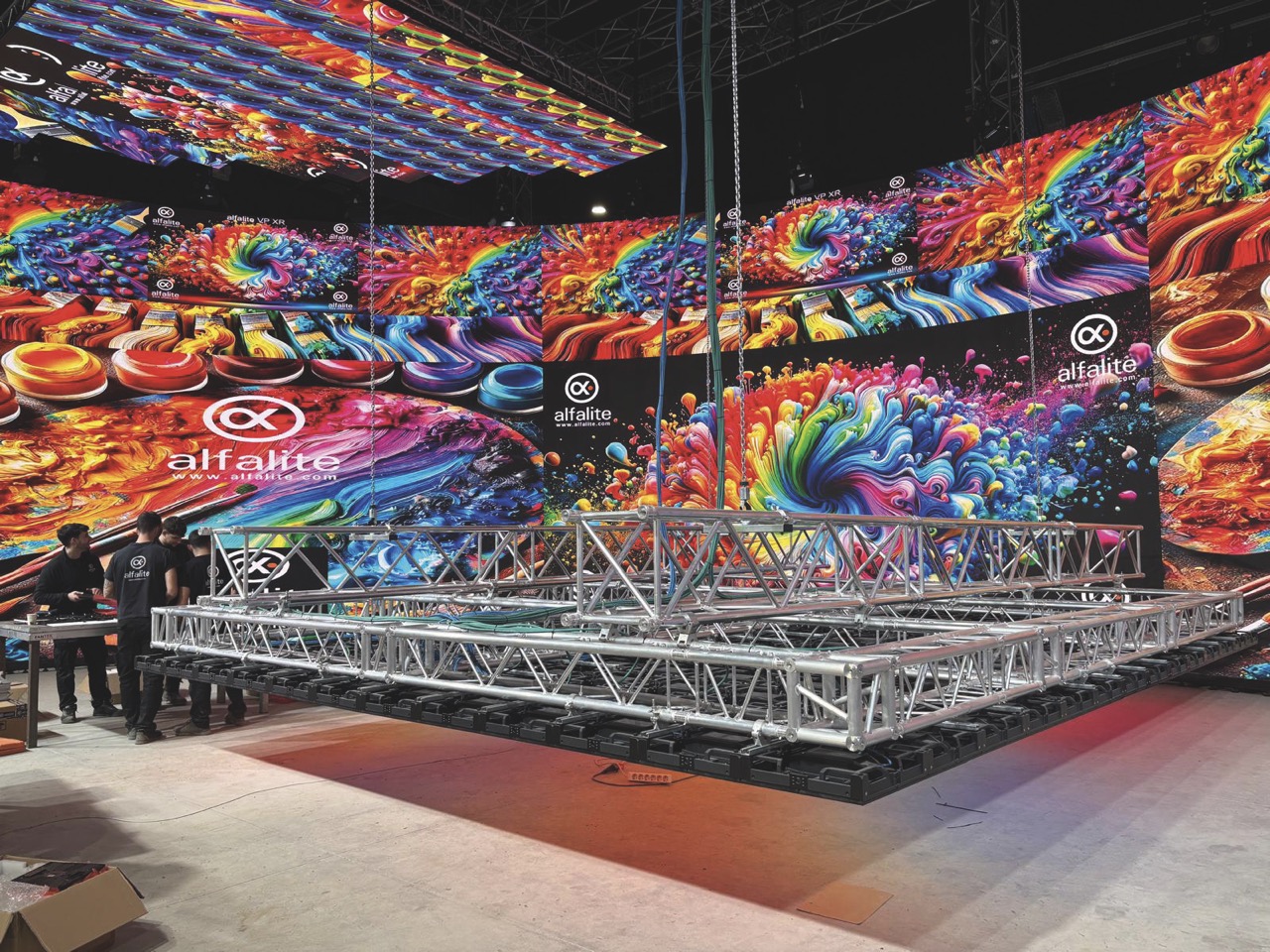
What skill sets and training are required for media professionals looking to use these technologies?
Grigory Mindlin: XR requires proficiency in real-time engines like Unreal Engine, virtual cinematography and motion tracking. Understanding LED volume technology, green-screen compositing and spatial storytelling is also key. Media professionals must blend technical expertise with creative storytelling, adapting to new production workflows that demand real-time rendering and interactive content design. Upskilling through training programmes and hands-on experience with XR tools will be essential. With this shift and increasing demand for media professionals who deeply understand the interplay between technology and narrative, it is more important than ever to encourage environments that champion continuous learning, especially as XR technology continues to rapidly evolve. Ultimately, success lies in building a workforce that is not only technically proficient, but also creatively agile and adaptable.
Rene Amador: Recently, we’ve been training up a unique set of folks who are straddling traditional physical on-set production and have some background in tools like Unreal Engine and Blender. Some even also develop games. These are cinematographers, directors and technical staff who are attempting to find a holistic approach to content creation that is tool-agnostic. It’s very encouraging to see them thriving in ways that begin to make me question where the differences in these techniques really are.
For a couple of decades, real-time graphics have been approaching the richness and believability of cinematic frames. However, the tide may be turning. The virtual aesthetic associated with video games has become a secondary ideal – not simply commercially, but in an effort to conjure the familiarity and nostalgia of video-game worlds. There’s also a specific level of spectacle and dynamism that video games have introduced to the cinematic language that is now desirable. Learning this expanded language is very important. I see many people who simply aren’t expanding their media consumption and enjoyment to include these new types of content. Having a holistic view of media expression is important, even if you’re not making games or interactive experiences. These are creative frontiers now.
I think back to the rise of reality TV, and how many industry folks were snobs and didn’t want to lower themselves to making it. But truth is that alternative programming represented a significantly larger market opportunity. More than that, I would argue that, aesthetically, the look and feel of reality TV altered how people perceived authenticity and believability in content. I see a similar opportunity now.
What does 2025 have in store for the virtual production sector?
Luis Garrido: The virtual production sector is expected to continue evolving in 2025, driven by advancements in LED display technology, real-time rendering capabilities and AI-assisted content creation. One key trend will be the improvement of LED panel resolution and refresh rates, reducing latency and enhancing realism in XR environments. This will allow for more life-like visual effects and complex multicamera set-ups.
Accessibility to virtual production technology is also expected to improve, with more affordable and modular systems entering the market. This will enable smaller production companies to adopt XR workflows without the need for extensive budgets. As adoption grows, we can also expect further refinement of industry standards and best practices, making XR an even more reliable tool for storytelling in broadcast and media.
Rene Amador: At ARwall, we’re pioneering XR/AI hybrid production, keeping performers and crew on-set while using AI-assisted workflows for environments and more.
In the next two years, traditional human-centric studio production will need to optimise itself down in cost by 50-75% without reducing quality in order to meet market pressures. XR/AI hybrid workflows are currently one of the most attractive methods that exists. XR hasn’t traditionally been associated with cost savings, so we released a case study that shows 62-73% cost reductions for the associated sequences we’ve approached.
Additionally, at our production shingle Glowcraft Films, we are investing development funds into features and series going into production in 2025 to validate our model. This approach aims to achieve a 75% overall reduction in production costs by optimising efforts across four layers: previs, virtual production, visual effects and line production. We have completed our initial development and look forward to sharing more soon.
Miguel Churruca: We’ve seen the rapid adoption of virtual production in broadcast and film, and I believe that, as with most new technologies, the initial hype will give way to a more mediated approach. Virtual production will no longer be used simply because it’s ‘fancy’, but because it serves our needs in content creation, sustainability and cost reduction. Not everything is faster, cheaper or easier with virtual production.
However, as producers and creators become more familiar with the tech, it will be increasingly accepted as an additional tool for content creation – used when and where it proves worthwhile. In addition, vendors like Brainstorm, with decades of experience in real-time virtual sets and graphics, aim to democratise the technology, making it more affordable and user-friendly. This ultimately allows clients to scale their requirements effectively and choose the right tools for the job as needed.
While this issue’s round table focused on XR, last issue explored the importance of IP. Find out more in this article about the recent trends when it comes to IP in broadcast.
This feature was first published in the Spring 2025 issue of FEED
